Students’ schedules for all four years of high school are incredibly packed in order to meet all of Westford Academy’s graduation requirements. This often causes students to not have the freedom to take all of the courses they find interesting. One solution to this issue is to allow alternative physical education (P.E) options to students to grant them more freedom to choose what classes they are most interested in. The subject of alternative P.E courses has been specifically geared towards helping athletes, who already have rigorous workouts after school.
All athletes at WA practice for multiple hours after school with their teams, having games or meets during the week or even on the weekend. Additionally, many student-athletes workout outside of their regular team practices, causing them to have even more hours of physical activity. With that, most weeks, athletes could be getting up to ten hours of physical activity between practices and games or meets, while their hour P.E class would only meet three or four times a week, causing their hours of physical activity in athletics to be significantly more than in P.E. Therefore, allowing student-athletes the option of alternative P.E, such as substituting their P.E class with their after school practices and meets, would not hinder the amount of physical activity student-athletes get, and would open up an extra semester in their schedule.
“I’m a year round athlete and I work out on top of that and I’m also balancing all of my classes so it doesn’t leave me a lot of time to do art or music […]. I’d like to have that [extra semester] to take classes that I want to take,” sophomore Anya Turczyk said.
According to principal Dan Twomey, compared to other schools in the area, WA has more than the average amount of P.E requirements. Schools such as Littleton High School have come up with a plausible way to allow students the opportunity to substitute P.E with athletics, and have been doing so for years. Even though MassCore suggests that P.E be a required subject in all grades throughout high school, according to the Dec. 16 School Committee meeting discussion, the Department of Elementary and Secondary Education’s (DESE) interpretation of the Massachusetts P.E law allows for alternative P.E courses. Thus, it is very possible for WA to come up with a plan for alternative P.E with the proper research and management.
Even though all four years of high school student-athletes are juggling their sports and school work, I do not believe that alternative P.E should be available all four years. Being able to substitute a P.E class for a sport should be granted once a student has passed freshmen year.
The freshmen P.E curriculum is a bit different than the combined sophomore, junior, and senior classes as it is more of an introduction to all of the topics the other grades learn about and another way for freshmen to be eased into high school. During the Dec. 16 School Committee meeting, Twomey presented about graduation requirements and stated that the volunteer working group that was reviewing the requirements is suggesting freshmen P.E and health be combined to allow the freshmen another open semester for scheduling. Therefore, I do not believe that alternative P.E should apply to freshmen as they may already be granted another open semester and health is a course that is required by Massachusetts state law.
Nevertheless, for sophomores, juniors, and seniors, another semester would be incredibly helpful in many different ways. Even though one semester might not seem like much, that semester could go towards a DLT, allowing student-athletes to get ahead of their work before a long practice, game, or meet where they may not get home until eight or nine o’clock at night. This extra semester could also allow students to take another semester class or a higher level full year class that they are passionate about and could potentially spark a career path down the line.
“While I enjoy [P.E] and I like the break, on days that I have a lot of homework or things due it can be stressful to have to go into a [P.E] class and participate in an activity [when] I have other stuff I could be doing for [things like] college applications,” senior Maddie Poirier said. “My sophomore year […] I added a math class and I only had a semester elective because I had to take [P.E] and I was really hoping to take photography, and I didn’t that year. So, I definitely find myself wishing I had a little more choice, and I could prioritize other things above [P.E].
As a sophomore myself, there is already a lot of pressure on what classes I should be picking for next year. However, I also constantly overhear my classmates talking about how they cannot take a certain class due to there not being enough room in their schedule. Allowing students to take an alternative P.E class, such as substituting in athletics, will substantially bring down the stress about choosing classes, specifically as students progress throughout high school and are thinking about how these classes will look on their college applications.
Even with that said, I do understand why some people would want to keep structured P.E as a requirement. For one, it allows different groups of students, that would otherwise not interact, an opportunity to get to know each other and build valuable friendships.
“You never know who you’re going to become friends with,” P.E teacher Marie Henderson said. “Last term, I had this amazing class, and I felt there were different groups of people when they came in, but they all came together and I think [that] speaks volumes.”
A structured P.E class can also open students’ minds to many different activities that they may never have played before. P.E teachers do a really good job at showing students new sports and ways to be active that may not be the first thing that comes to mind when an athlete thinks of physical activity.
However, despite students being integrated into a class with a lot of different social dynamics, the same thing can be said for athletics. Even though many athletes of a certain sport may have the same mind set when it comes to the game, I know from first hand experience that not all of my teammates have similar interests outside of our shared sport.
Beyond the different social dynamics P.E encompasses the curriculum of a structured P.E class is not organized in the same way that athletics are. In a structured P.E class students learn about a plethora of breathing exercises, techniques for workouts, and different elements of games. However, even if athletes substitute their P.E class for sports they could still show that they are learning these different aspects by keeping weekly logs and reflections of the normal P.E curriculum and how they are applying that to their sport.
One of the other concerns about allowing athletes to substitute P.E for athletics is the topic of equity and inclusion. Certain students may want to be eligible for an alternative P.E option but cannot due to either the expensive sports fees or the time that is necessary to dedicate themselves to a demanding sports team.
“There’s definitely an equity [imbalance] because there are many students that can’t [take alternative P.E],” Twomey said. “And for those students that can do it and those students that can’t, then there’s an imbalance. I think [that] is the main reason I would say that I personally am not in favor of it.”
In spite of that, I believe that giving student-athletes the opportunity to switch out a regularly structured P.E class with a sport that they thoroughly enjoy would bring a lot more good than harm. This would be a chance for students to have more freedom with their schedule and choose classes that would truly bring out the best in them.


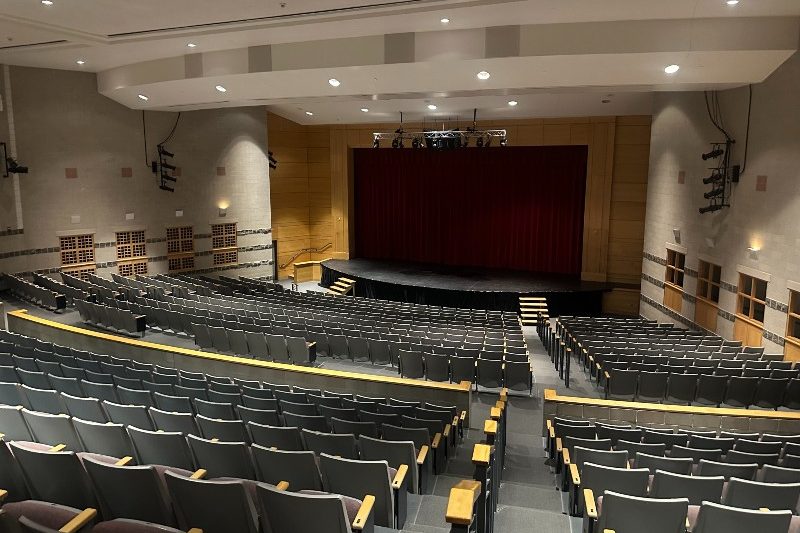
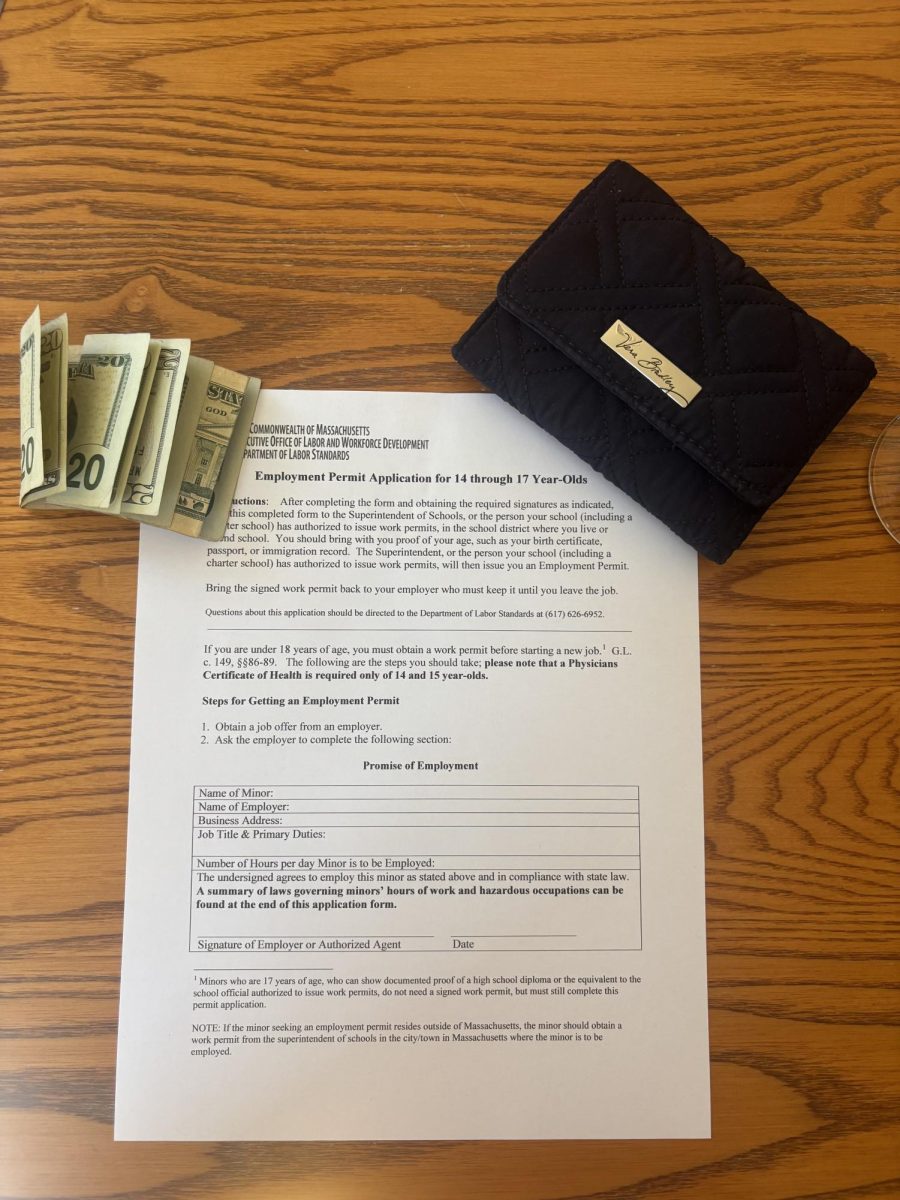
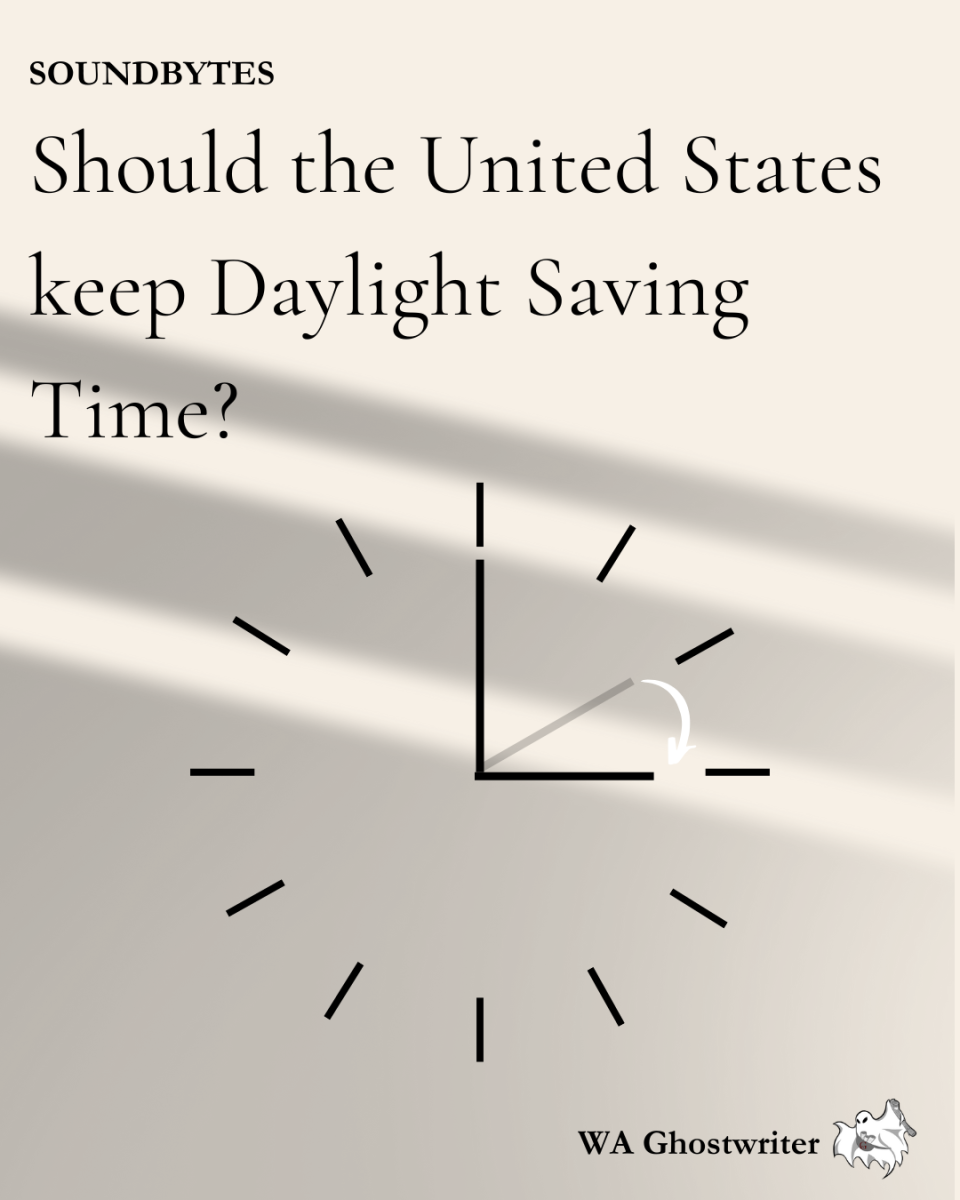
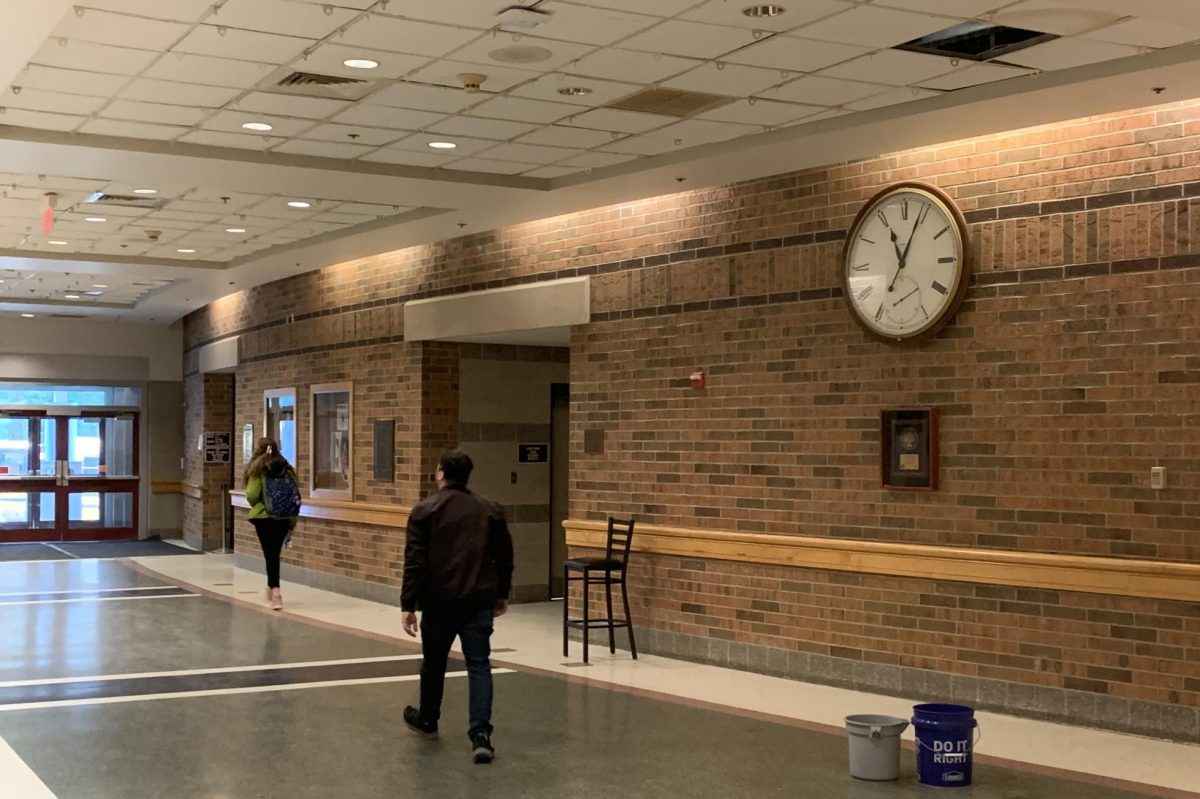
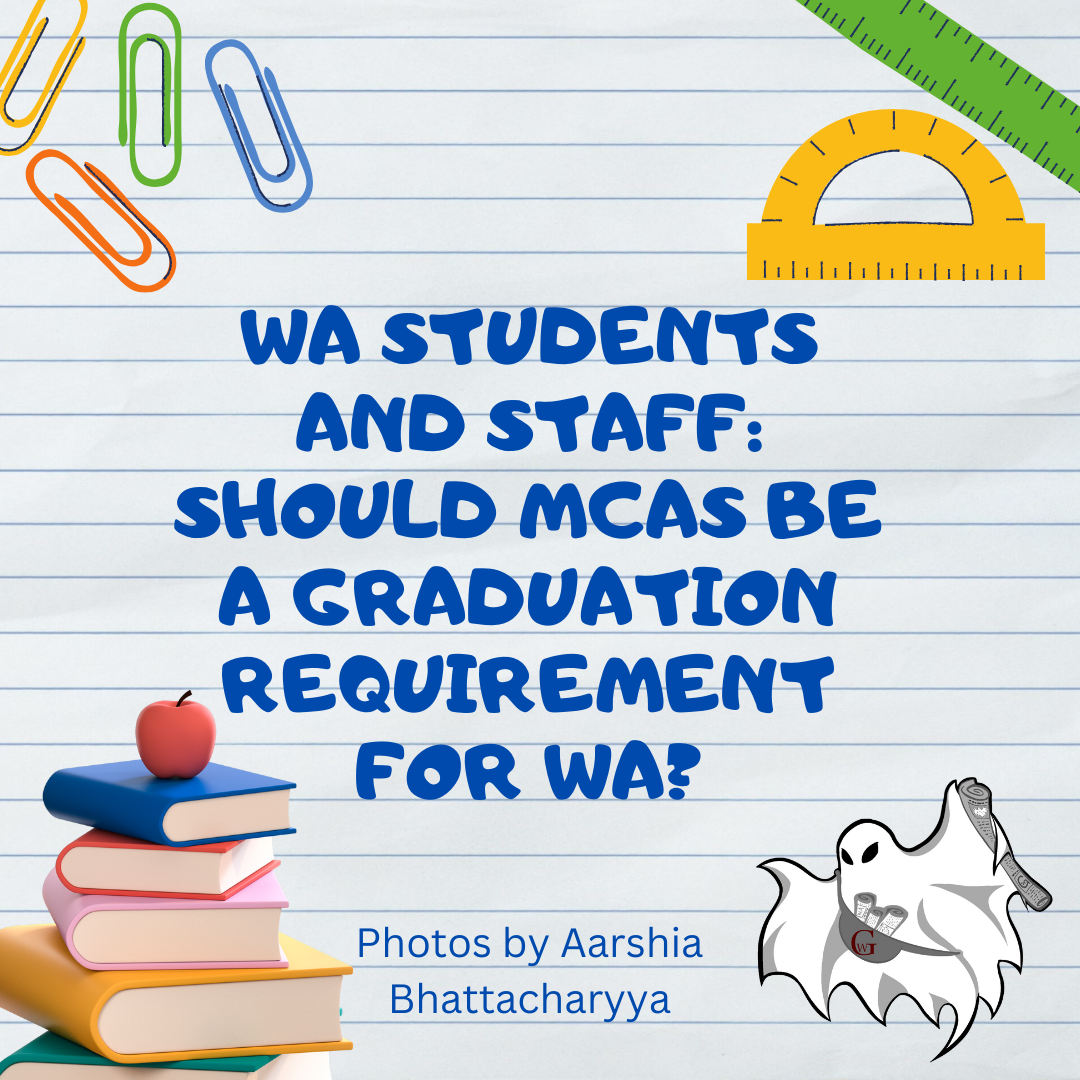


Donna Shaw • Feb 14, 2025 at 8:44 pm
Wow, a well thought out report, leaving us all something to think about. The idea of offering personal course choice could provide all students the opportunity to personalize their high school prep and heighten interests that support their personal growth.